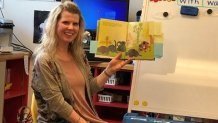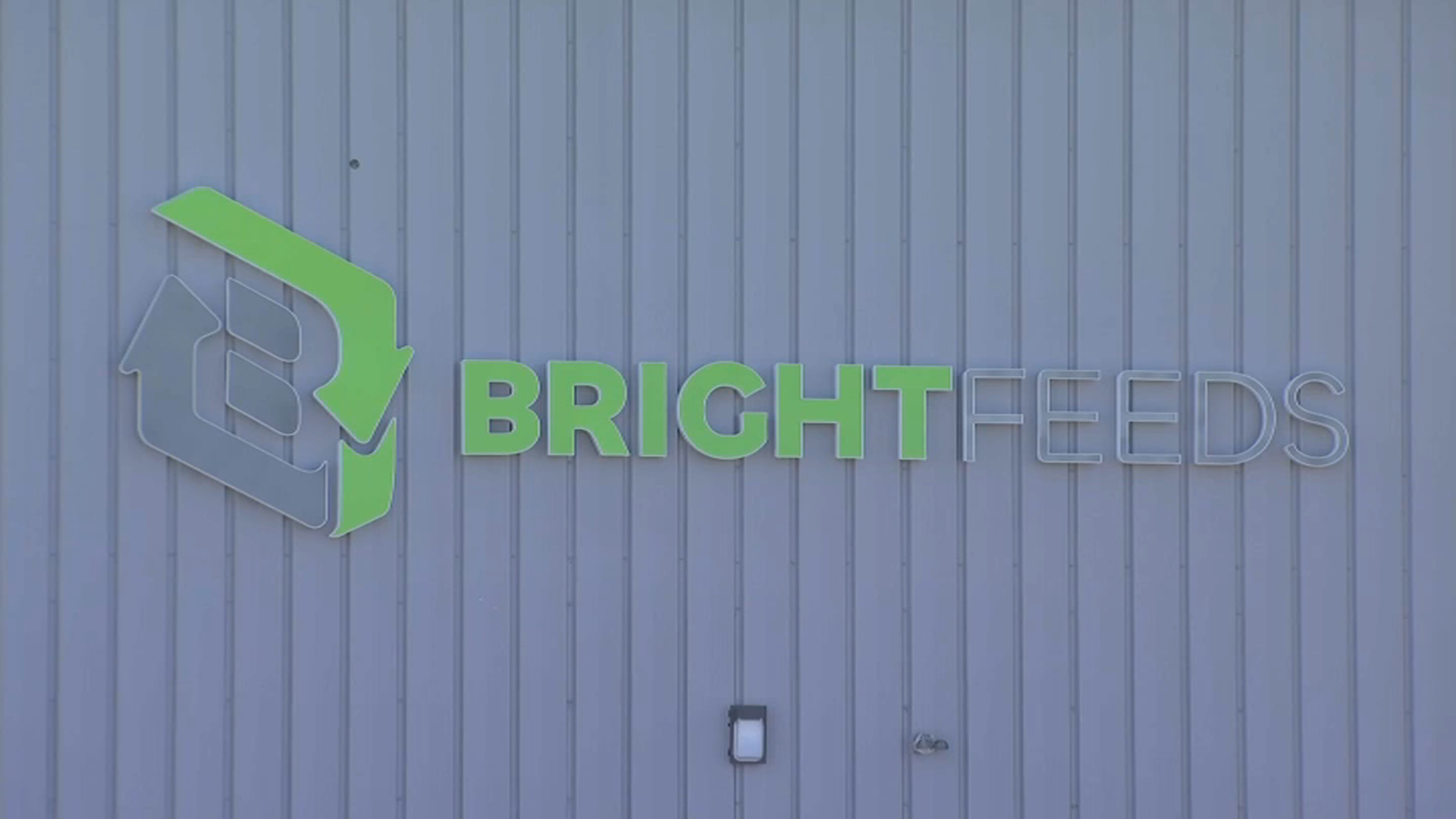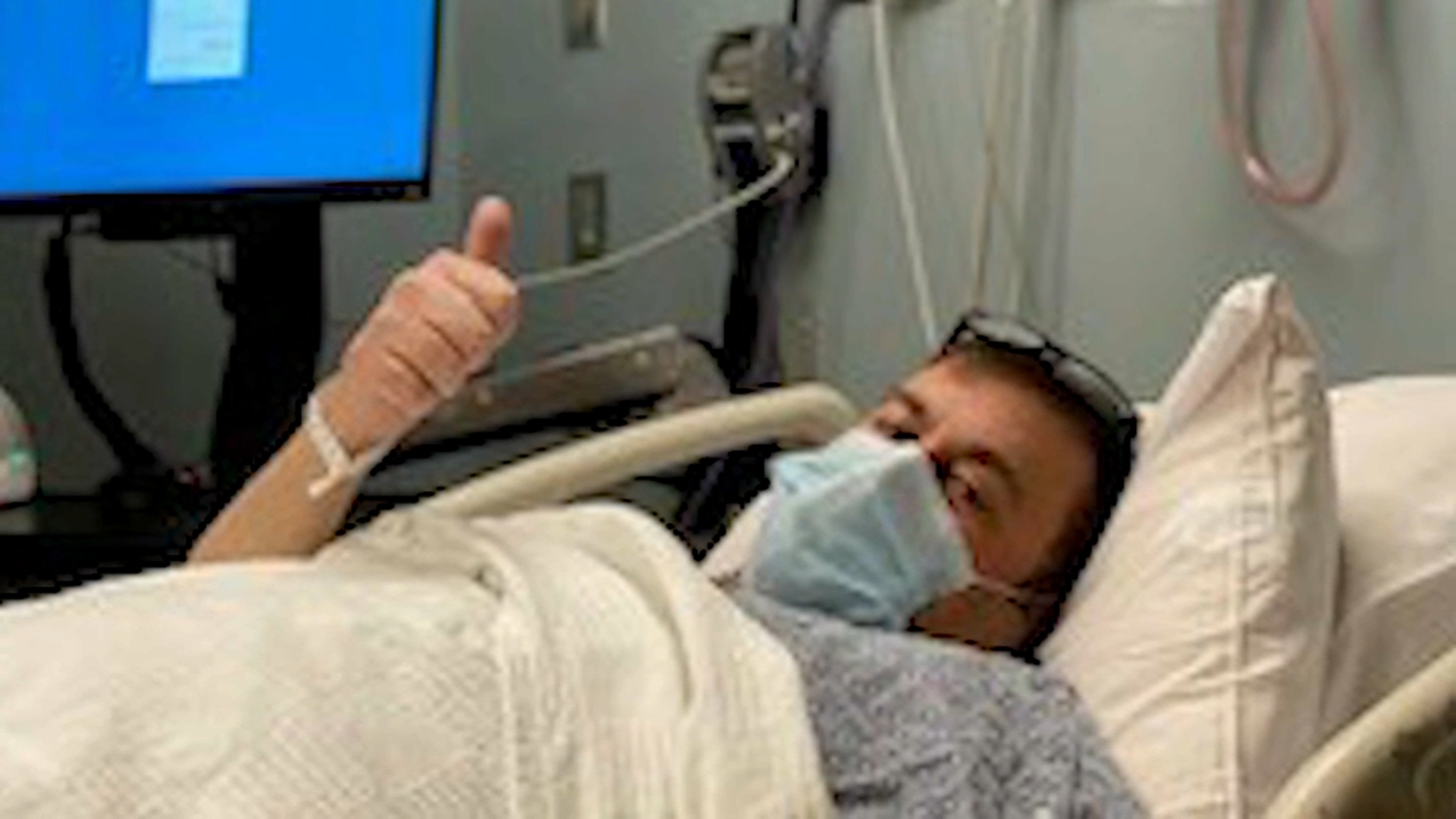Close to half the school districts in Connecticut have chosen to start the school year both online and in person.
The hybrid learning model may be a compromise for families who are worried about sending their students to school five days per week.
However, it could mean more work for teachers.
Though the hybrid learning model varies slightly from district to district, it typically means two days of in-person instruction and three days of virtual learning for students each week.
“This is all new for all of us,” said Jill Kilgus, a kindergarten teacher in the Manchester public school system.
Teachers will have two lesson plans daily, in-person and virtual.
“I do feel that it’ll be a lot of work, especially at the beginning,” she pointed out. "We’re going to have to maximize our in-person teaching with our kindergarteners and all grades will. We’re going to have to make sure new learning is occurring while we’re with them," she explained.
Local
Part of that extra workload comes from having to reteach lessons learned online.
“Yes, it’s going to be a lot more work but it is not intended that we double the lessons, it will be monitoring, adjusting, and redoing,” explained New London sixth grade math teacher Rich Baez.
Both educators pointed out that teachers are used to reteaching and reviewing some concepts, but perhaps not to the degree they will have to this semester.
Teachers are also used to meeting certain benchmarks. However, these teachers say the pace of learning is sure to be slower, at least to start the school year.
“This is a very uncomfortable scenario for a lot of teachers. We very definitely have target dates, and assessment dates, and expectations,” said Kate Dias, who teachers math at Manchester High School.
However this year, Dias said they’ve thrown the traditional school calendar out the window and are only planning two to four weeks at a time.
“If we’re going to be in this new world where we’re going to be asking students and teachers to learn with us you can’t say oh by the way here’s your typical calendar,” said Manchester Superintendent Matt Geary.
All three teachers we interviewed spoke highly of the support they’ve received from their districts in terms of their changing expectations.
“It’s not the quantity of stuff that we’re teaching, it’s the quality of material that we’re teaching,” explained Baez.
“Focusing, targeting, saying these are the must do experiences for our students and really understanding that what we did last year isn’t going to happen again,” said Dias.
The Manchester school district spent the summer streamlining its curriculum and learning how it could make the most of technology.
“Standards have to be prioritized and what we’re doing with kids in the class is going to be different,” said Geary.
Another concern of teachers, especially those of younger students is not for themselves, but for their class: too much screen time sitting in front of the computer learning.
“We have to be mindful of what kids are doing on screens,” said Kilgus who hoped that her kindergarteners’ hours online might be reduced by the district.
Kilgus added that she looked at hybrid learning as an opportunity for students to ease back into in-person instruction.
Geary said he hoped to harness that technology in permanent ways post-pandemic.
“This is a time, obviously, to survive a pandemic but it’s also a time in education for thoughtfulness, for creativity, for innovation. We should never have a snow day again, with virtual learning” he pointed out.
Assessments: A Big Test for Teachers
From meeting their students virtually on the first day of school, to teaching from behind a mask, this school year promises to be full of firsts.
Under the hybrid learning model, an entire class of students will never be in the building at the same time.
"Having a smaller class and half the size will be a true gift but on the flip side we have to turn quickly on a dime and teach the other half of our day remote learners,” explained Kilgus.
What happens when it's time to assess those students? Will tests be taken from home? Or, will students get more time to prepare while they wait for their turn in front of their teacher? The answers to those questions depend on what grade you teach.

"I'm going to assess the students when they're with me in person. That would be the best indicator for me where their skills are,” said Kilgus.
It's more complicated for her colleagues teaching tech-savvy teens.
“Me personally, I would probably have two tests,” said Baez.
"Students have an abundance of information available to them on the internet so to be dismissive of that reality would be foolish on our part, So, what we’re really trying to drive towards is do you really understand what we’re talking about,” Dias pointed out.
She said they might create two versions of the tests to cut down on students sharing answers and focus on understanding of concepts rather than just a straightforward answer to a problem.
"We might ask that they keep their video cameras on, and so we can monitor their practice at home, so we're confident that what they're giving us is as authentic as the students that are sitting in front of us,” she said. “It’s a little bit harder to cheat on that sort of thing where you have to give your understanding, your personal belief about an answer.”
She added that they could also ask students to work collaboratively on more complicated questions, since they’re more likely to do that anyway to seek out answers from classmates.
But, school districts also point out that typical testing at the beginning of the year will be delayed.
"We want to know what students know but most important thing is to get kids acclimated,” said Geary. “Reviewing all the COVID safety measures, I think that’s really important and then as we go we’re going to learn about the pacing.”
Before he even teachers a lesson, Baez said he'll need to figure out the impact of last spring's school closures.
"We're first going to need to assess where they are, what gaps they have, what do we need to fill,” he said.
Like so many of the back to school plans being formulated, this is an area that teachers say may have to be adjusted along the way as they learn what works and what doesn’t, and that might be the hardest part.
“That lack of knowing what’s coming is very very challenging,” said Dias. “We’re going to put everything we have into making this a good positive experience for kids but it is different.”



